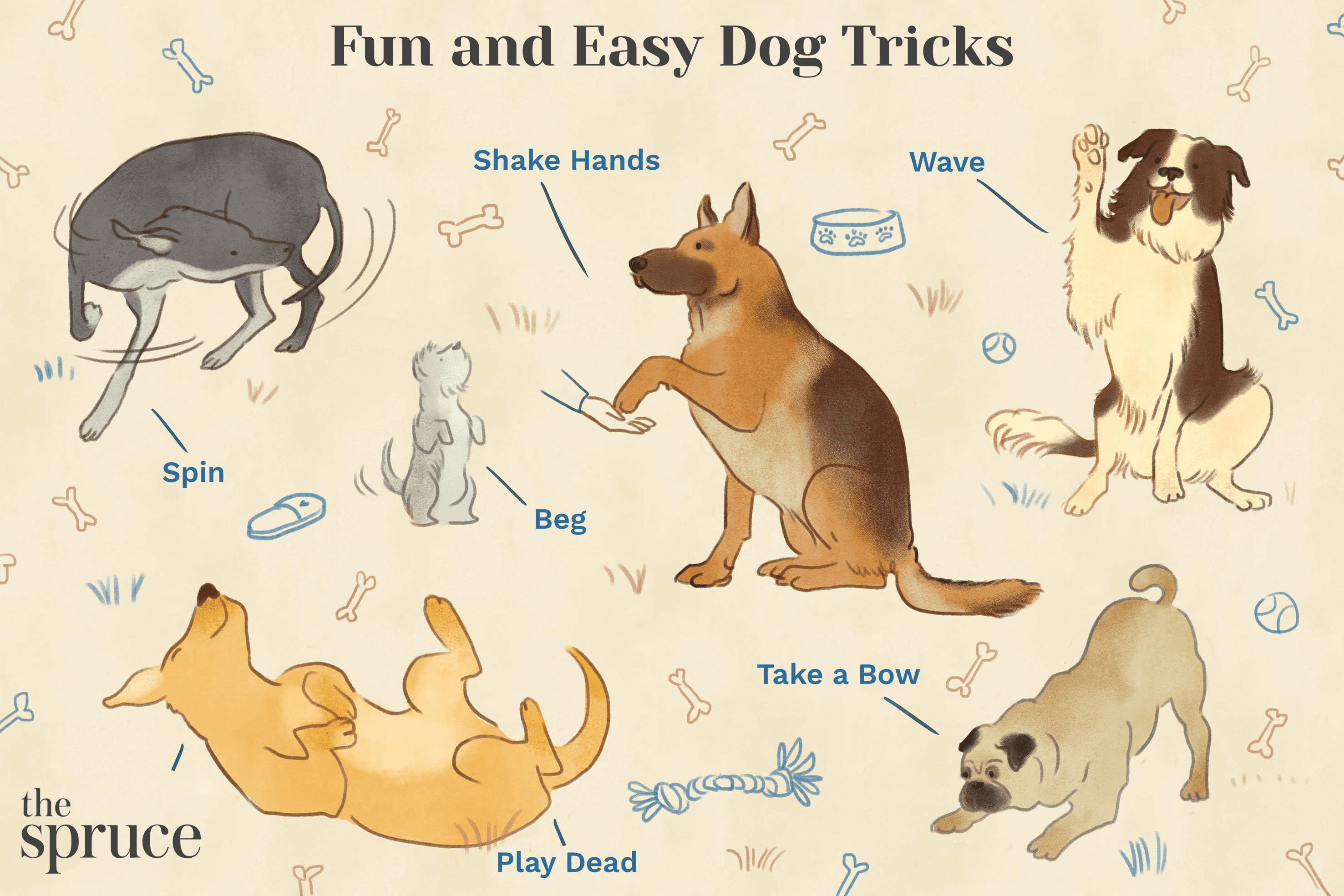Key Takeaways:
- Consistency is key: Training your dog not to chase requires consistent reinforcement of commands and boundaries.
- Start with a solid foundation: Teach your dog basic obedience commands like "sit" and "stay" before attempting to address the chasing behavior.
- Redirect their attention: When your dog starts to show signs of wanting to chase, redirect their focus onto an appropriate toy or activity that they enjoy.
- Use positive reinforcement: Reward your dog for good behavior with treats, praise, and affection. This will help them understand what is expected of them and encourage them to continue behaving appropriately.
- Seek professional help if needed: If you're struggling to train your dog not to chase or if the behavior is becoming dangerous, consider consulting a professional dog trainer for guidance and assistance.
Are you tired of constantly chasing after your dog? Do you dream of peaceful walks and a well-behaved furry friend? If so, then learning how to train your dog not to chase is a skill that will revolutionize your relationship with your four-legged companion. Not only will it save you from the frustration of constantly yelling "come back!" or untangling yourself from their leash, but it will also ensure the safety of your dog and those around them. In fact, did you know that according to the American Veterinary Medical Association, over 1.2 million dogs are hit by cars each year? By mastering the art of preventing your dog from chasing, you can significantly reduce this risk and provide a happier and healthier life for your beloved pet. So, let's dive into the world of canine training and discover how to keep those chasing instincts at bay!
The Importance of Training Your Dog Not to Chase
Training your dog not to chase is an essential part of responsible pet ownership. When dogs chase after things like cars, bikes, or other animals, it can be dangerous for both the dog and those around them. Chasing behavior can lead to accidents, injuries, and even fatalities. By teaching your dog not to chase, you are ensuring their safety and the safety of others.
Additionally, training your dog not to chase can help prevent damage to property. Dogs that have a strong chasing instinct may destroy items in their path as they try to catch whatever they are chasing. This can result in broken objects, torn furniture, or damaged landscaping. By teaching your dog appropriate behaviors and redirecting their focus away from chasing, you can protect your belongings.
Understanding Why Dogs Like to Chase and How to Stop It
Dogs have a natural instinct to chase. It is a behavior that stems from their ancestors who were hunters. When dogs see something moving quickly or hear a high-pitched sound, it triggers their prey drive and makes them want to give chase.
To stop dogs from chasing, it's important to understand why they do it in the first place. One effective method is redirection - giving them an alternative behavior that satisfies their need for movement and mental stimulation without engaging in chasing. For example, if your dog starts chasing after a squirrel in the yard, you can redirect their attention by calling them over for a game of fetch or offering them a treat.
Using Positive Reinforcement to Teach Your Dog Not to Chase
Positive reinforcement is a powerful tool when it comes to training dogs not to chase. By rewarding desired behaviors with treats, praise, or playtime, you are reinforcing those behaviors and increasing the likelihood that your dog will repeat them in the future. When your dog resists the urge to chase and instead listens to your commands, make sure to reward them immediately.
It's important to note that punishment or harsh corrections should be avoided when training your dog not to chase. Using force or fear-based methods can lead to negative associations and may worsen the problem. Instead, focus on positive reinforcement techniques that create a positive learning experience for your dog.
Effective Techniques for Training Your Dog Not to Chase
There are several effective techniques you can use to train your dog not to chase. One method is teaching the "leave it" command. This command teaches your dog to ignore tempting objects or distractions and focus on you instead. Start by holding a treat in your closed hand and saying "leave it." When your dog stops trying to get the treat from your hand, reward them with a different treat or praise.
Another technique is using a long leash during walks or outdoor activities. This allows you to have control over your dog's movements and gives you the ability to redirect their attention if they start chasing something. By gently guiding them away from the object of interest and rewarding them for following your lead, you can reinforce the desired behavior of not chasing.
- Teach the "leave it" command
- Use a long leash for control during walks
- Redirect their attention with an alternative behavior
- Reward desired behaviors immediately
Creating a Safe Environment for Training Your Dog Not to Chase
To effectively train your dog not to chase, it's important to create a safe environment where they can learn without unnecessary distractions or dangers. If possible, start training in a quiet area with minimal stimuli. This will help your dog focus on you and the training exercises.
Make sure your yard is secure and free from potential escape routes. Dogs that chase may try to run after something outside of their designated area, so it's crucial to have a secure fence or boundary in place. Additionally, remove any objects or triggers that may tempt your dog to chase, such as toys or small animals.
Overcoming Challenges While Training Your Dog Not to Chase
Training a dog not to chase can be challenging at times, especially if they have a strong prey drive. It's important to be patient and consistent with your training efforts. Remember that every dog is different, and some may require more time and repetition than others.
If you encounter challenges during the training process, seek guidance from a professional dog trainer or behaviorist. They can provide personalized advice and techniques tailored to your specific situation. Don't get discouraged if progress is slow - with persistence and positive reinforcement, you can help your dog overcome their chasing instincts.
Real-Life Situations Where Training Your Dog Not to Chase is Beneficial
Training your dog not to chase is beneficial in various real-life situations. For example:
- Walking on a leash: When walking your dog on a leash, encountering other dogs or distractions can trigger their chasing instinct. By teaching them not to chase during walks, you can enjoy peaceful strolls without worrying about them lunging after passing cars or animals.
- Visiting parks or public spaces: Public spaces often have many distractions for dogs, such as squirrels, birds, or even children playing sports. Having control over your dog's chasing behavior allows you to enjoy outings without causing disruptions or potential accidents.
- Playing fetch: Even during playtime, it's important for your dog to understand boundaries. Teaching them not to chase after balls or toys until you give the command can prevent them from running into dangerous situations or interfering with others.
By training your dog not to chase, you can ensure their safety, protect property, and enjoy a harmonious relationship with your furry companion in various everyday scenarios.
In conclusion, training your dog not to chase requires patience, consistency, and positive reinforcement. By using these techniques and providing proper guidance, you can help your furry friend understand that chasing is not acceptable behavior.
Why does my dog want to chase everything?
Chasing is an innate behavior in dogs, particularly in Sighthounds and herding breeds. Teaching your dog to control their impulses and ignore distractions is an effective method to reduce chasing. Playing games like fetch and participating in dog sports like Lure Coursing are excellent ways to redirect and utilize their chasing instincts.
Can you train a dog not to chase animals?
Although it may be challenging to completely eliminate a dog's instinct to chase prey, there are ways to prevent your dog from chasing birds and other wildlife. Training your dog to have impulse control is vital in reducing their prey drive. Additionally, carrying high-value treats can help in redirecting their attention.
How do you train your dog to stay focused on you?
To train your pet, say their name and give them a treat as soon as they make eye contact with you. Repeat this process at least two times a day for about a week until they consistently respond to their name by looking at you.
Why is my dog chasing things that aren't there?
Absence or Psychomotor Seizures occur when dogs begin hallucinating or appear to be zoning out and staring into space. They may also exhibit behaviors such as barking or biting at imaginary objects, or obsessively chasing their tails.
Do dogs grow out of stealing?
Many dogs outgrow this behavior as they age. They become less interested in our personal belongings and find new objects to focus on. Hunting dogs, on the other hand, have been trained for generations to retrieve and fetch items for us, and they continue to exhibit this behavior.
Is it OK to beat dog to train?
Employing physical force such as hitting or spanking as a means of disciplining your dog can significantly harm the bond you share with them. Resorting to such methods can lead to the development of behavioral problems in your dog.

















